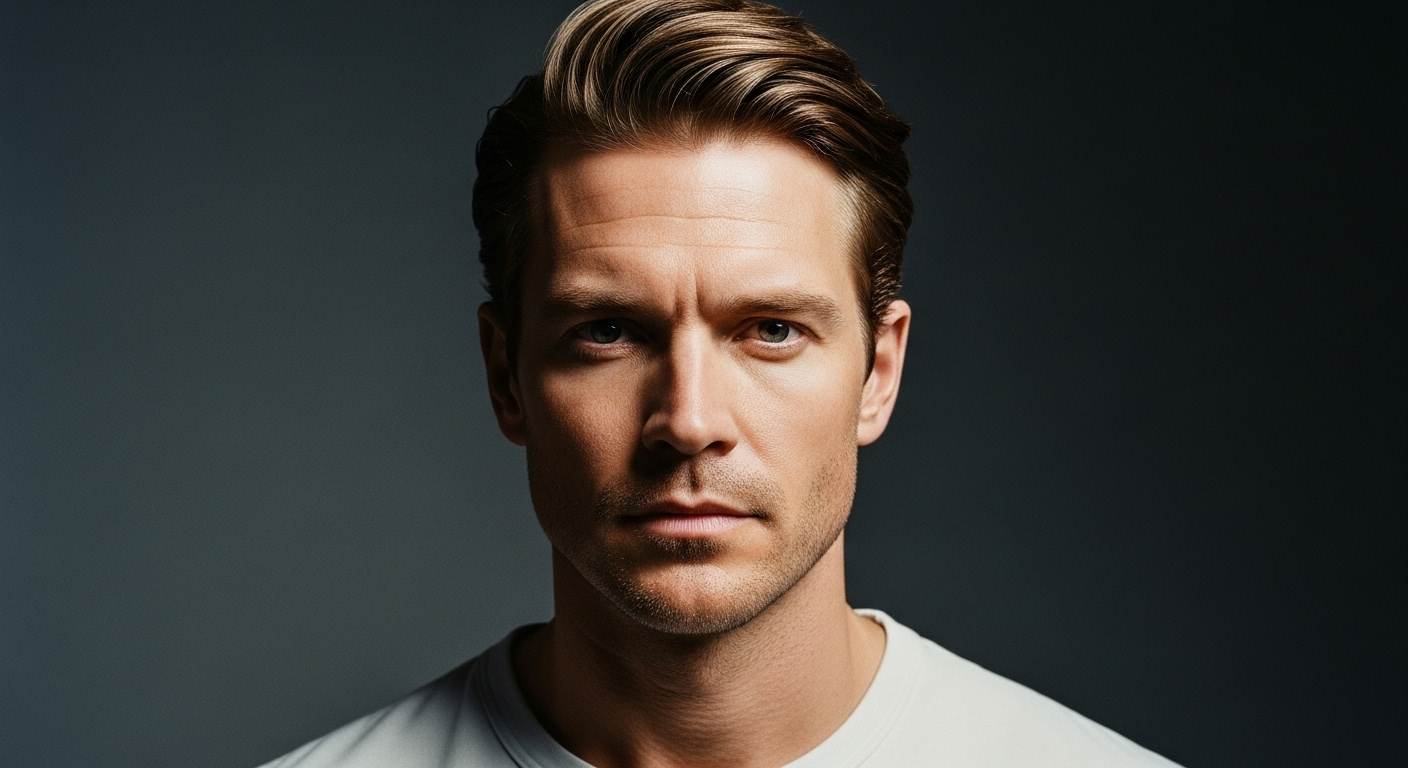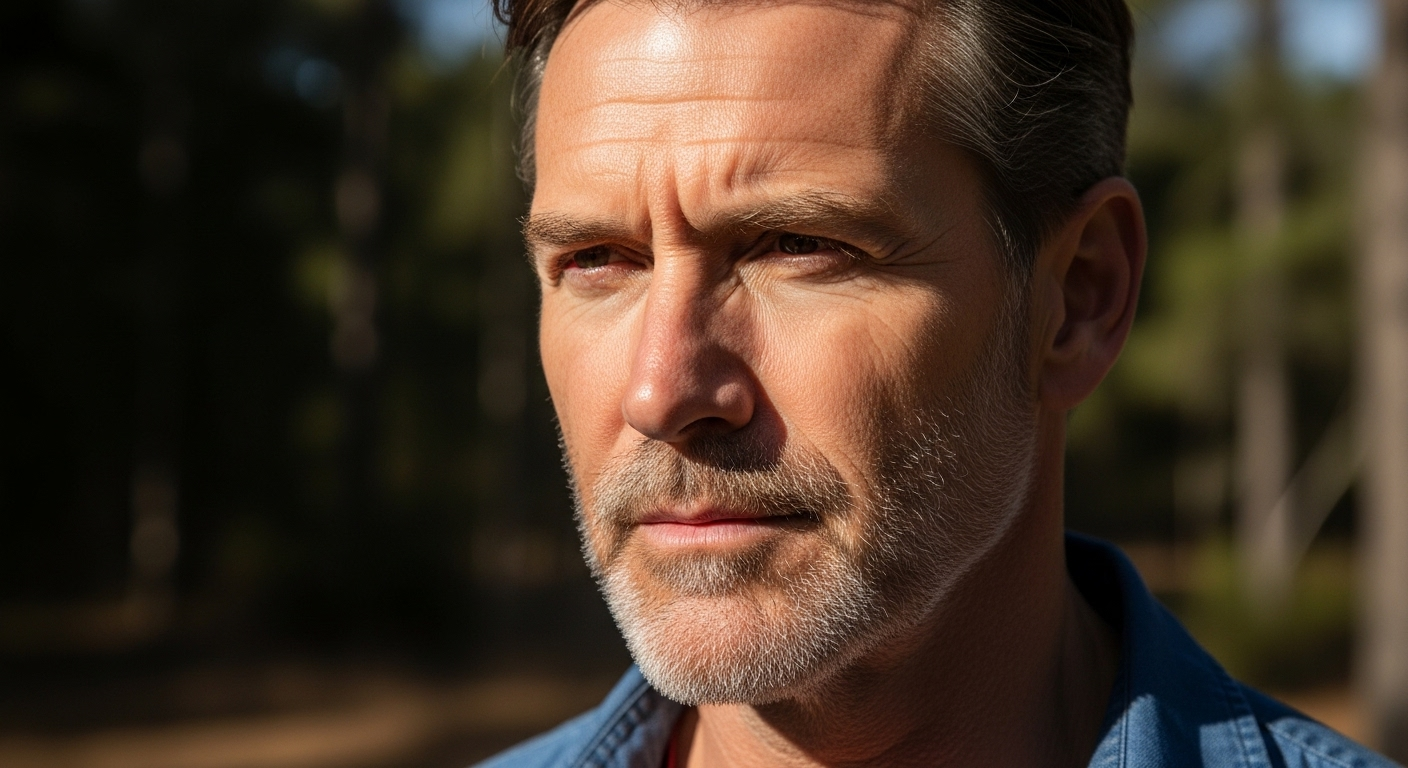Embarking on a Facial Masculinization Surgery (FMS) journey is a deeply personal and transformative experience. It’s an opportunity to sculpt a facial aesthetic that authentically reflects your inner self. Unlike a one-size-fits-all approach, FMS is a highly customized process, where a tailored combination of surgical procedures is designed to create your unique masculine blueprint. This comprehensive guide will explore how collaboration with a skilled surgical team, coupled with a deep understanding of facial anatomy, empowers you to design a personalized surgical roadmap, aligning your individual facial features with your desired masculine identity.
Table des matières
Understanding the Elements of a Masculine Face
The perception of masculinity in facial features is influenced by a distinct set of anatomical characteristics. These include a prominent brow ridge, a defined and angular jawline, a strong chin, and a robust nasal structure. Variations in these features contribute significantly to overall facial harmony and the masculine aesthetic, differentiating it from more feminine contours, which typically exhibit rounded foreheads, heart-shaped jaws, and refined noses.
Each individual possesses a unique facial structure, and therefore, the concept of a ‘masculine blueprint’ is inherently personalized. What defines a strong masculine look for one person may differ for another, influenced by existing bone structure, soft tissue, and ethnic background. The goal of FMS is not to impose a generic ideal but to enhance existing features or introduce new ones in a way that is harmonious and true to the individual’s desired outcome. This personalized approach requires meticulous planning, much like any complex medical intervention where detailed assessment and planning are paramount (Ye et al., 2021).

The Core FMS Procedures: More Than Just Individual Changes
FMS encompasses a suite of procedures, each targeting specific facial areas to achieve a more masculine appearance. These procedures are often performed in combination to ensure a cohesive and balanced result.
Brow Ridge Augmentation/Contouring: Enhancing Supraorbital Prominence for a Stronger Gaze
A prominent brow ridge is a hallmark of masculine facial architecture. This procedure enhances the supraorbital rim, creating a more pronounced and forward-projecting brow bone. This can lead to a more intense and defined gaze, contributing significantly to a masculine facial profile.
Jawline and Chin Augmentation/Contouring: Creating Definition and Angularity
A strong, angular jawline and a well-projected chin are key indicators of masculinity. Procedures in this area can involve implants to add width and definition to the angles of the jaw, and to advance or reshape the chin for a more square or prominent appearance. The aim is to create sharper lines and a more robust lower facial third.
Rhinoplasty for Masculinization: Addressing Nasal Bridge, Tip, and Width for a More Robust Nose
Masculin rhinoplastie often focuses on creating a straighter, wider, or more prominent nasal bridge, with a less upturned tip. The goal is to achieve a nose that is in proportion with other masculinized features, contributing to an overall stronger central facial aesthetic.
Cheek Augmentation: Adding Subtle Projection for a More Chiseled Look (When Appropriate)
While often associated with femininity, strategic augmentation des joues can, in some cases, contribute to a more chiseled and rugged masculine appearance by enhancing bone structure subtly. This is carefully considered to avoid feminizing the midface and is typically less pronounced than in feminization procedures.

The Art of Combination: How Procedures Work in Synergy
Facial masculinization is rarely about a single procedure. Changes to one facial area invariably influence the perception of others. For example, enhancing the brow ridge can make the eyes appear more deep-set and intense, and altering the jawline impacts the overall balance of the lower face. A comprehensive FMS plan considers these interdependencies, strategically sequencing procedures to ensure optimal flow and balance across all features. This holistic perspective is vital to avoid isolated changes that might inadvertently create disharmony rather than achieving the desired masculine affirmation.
Effective surgical planning involves a deep understanding of how each modification contributes to the overall aesthetic, emphasizing the importance of a coordinated approach. Such multidisciplinary collaboration is a recognized best practice in complex medical fields to ensure optimal outcomes and patient satisfaction (Ye et al., 2021).
Personalized Planning: Your Anatomy, Your Goals
The journey to crafting your masculine blueprint begins with an in-depth personalized planning phase. This critical step involves a thorough assessment of your existing facial structure, including bone, soft tissue, and skin quality. Modern techniques, such as 3D imaging and digital planning, allow for precise visualization of potential results, enabling you to actively participate in designing your new aesthetic. This is akin to the detailed imaging and measurement techniques used in other specialized surgeries to guide interventions accurately (Ye et al., 2021).
Defining your aesthetic goals is paramount: do you envision a rugged, powerfully defined look, a more refined and chiseled appearance, or a subtly masculine enhancement that harmonizes with your natural features? Open communication with your chirurgien ensures that your vision is fully understood and translated into a realistic surgical plan.
Beyond Bone: Soft Tissue Considerations in Custom FMS
While bone reshaping forms the foundation of FMS, soft tissue procedures play an equally crucial role in achieving a natural and refined masculine result. Techniques such as greffe de graisse can be used to add subtle volume and contour where needed, for instance, to the temples or cheeks, complementing the underlying skeletal changes. The elasticity and quality of your skin also impact the final contour and healing process, and these factors are carefully considered during planning. Integrating soft tissue work with skeletal modifications ensures a smooth transition and a natural-looking outcome, preventing an overly “surgical” appearance.
The Surgeon as Your Architect: Collaborative Planning
Your surgeon acts as your architect in this transformative process. Open and honest communication is vital for clearly articulating your desires and concerns. A skilled surgeon will guide you through the available options, explaining the rationale behind each recommendation and ensuring you have a realistic understanding of what can be achieved. This collaborative approach, where patient input is central to decision-making, is a cornerstone of ethical and effective medical practice (Ye et al., 2021).
Case Studies: Customized Journeys to Masculine Affirmation
Considérer the diverse needs of individuals seeking FMS. For someone with a naturally softer jawline and less prominent chin, the blueprint might focus heavily on jaw and chin augmentation, perhaps combined with a subtle brow ridge enhancement to create a more defined profile. Another individual, already possessing a strong jaw, might prioritize a masculinizing rhinoplasty and forehead contouring to achieve a more dominant upper face.
A third might seek a more refined masculine look through precise contouring of the brow, a slightly wider nasal bridge, and minor fat grafting to create a subtly chiseled effect around the cheeks and temples. These hypothetical examples highlight how FMS is adapted to individual anatomy and aesthetic goals, creating a truly personalized outcome for masculine affirmation and renewed confidence.

Conclusion
Your journey with Facial Masculinization Surgery is a profound opportunity to align your physical appearance with your authentic masculine identity. By deeply understanding the interplay of various FMS procedures and engaging in a truly collaborative planning process with an experienced surgeon, you can meticulously craft a personalized blueprint for your desired masculine aesthetic. This tailored approach leads to profound self-affirmation and enhanced confidence, allowing you to present a face that authentically reflects who you are.
Questions fréquemment posées
What is Facial Masculinization Surgery (FMS)?
FMS is a set of surgical procedures designed to enhance masculine facial features, such as the brow ridge, jawline, and chin, to align a person’s appearance with their masculine gender identity.
How is an FMS plan customized?
Customization involves a detailed assessment of your existing facial anatomy, discussions about your aesthetic goals (e.g., rugged, refined), and often uses 3D imaging to plan precise bone and soft tissue modifications for a harmonious result.
What are common FMS procedures?
Common procedures include brow ridge augmentation, jawline and chin contouring (using implants or bone reshaping), and rhinoplasty to create a more robust nasal structure.
How important is surgeon collaboration in FMS?
Collaborative planning with your surgeon is crucial. It ensures your desires are understood, realistic outcomes are established, and the surgical plan is tailored to your unique facial structure and aesthetic goals.
Does FMS involve only bone work?
No, FMS often includes both bone modifications and soft tissue work, such as fat grafting, to create natural contours and ensure the overall facial harmony complements the underlying skeletal changes.
Bibliographie
- Ye, X., Fan, W., Wang, Z., Wang, J., Wang, H., Wang, J., … & The Ablation Expert Committee of the Chinese Society of Clinical Oncology. (2021). Expert Consensus for Thermal Ablation of Pulmonary Subsolid Nodules (2021 Edition). Zhongguo Fei Ai Za Zhi, 24(5), 305–322.





